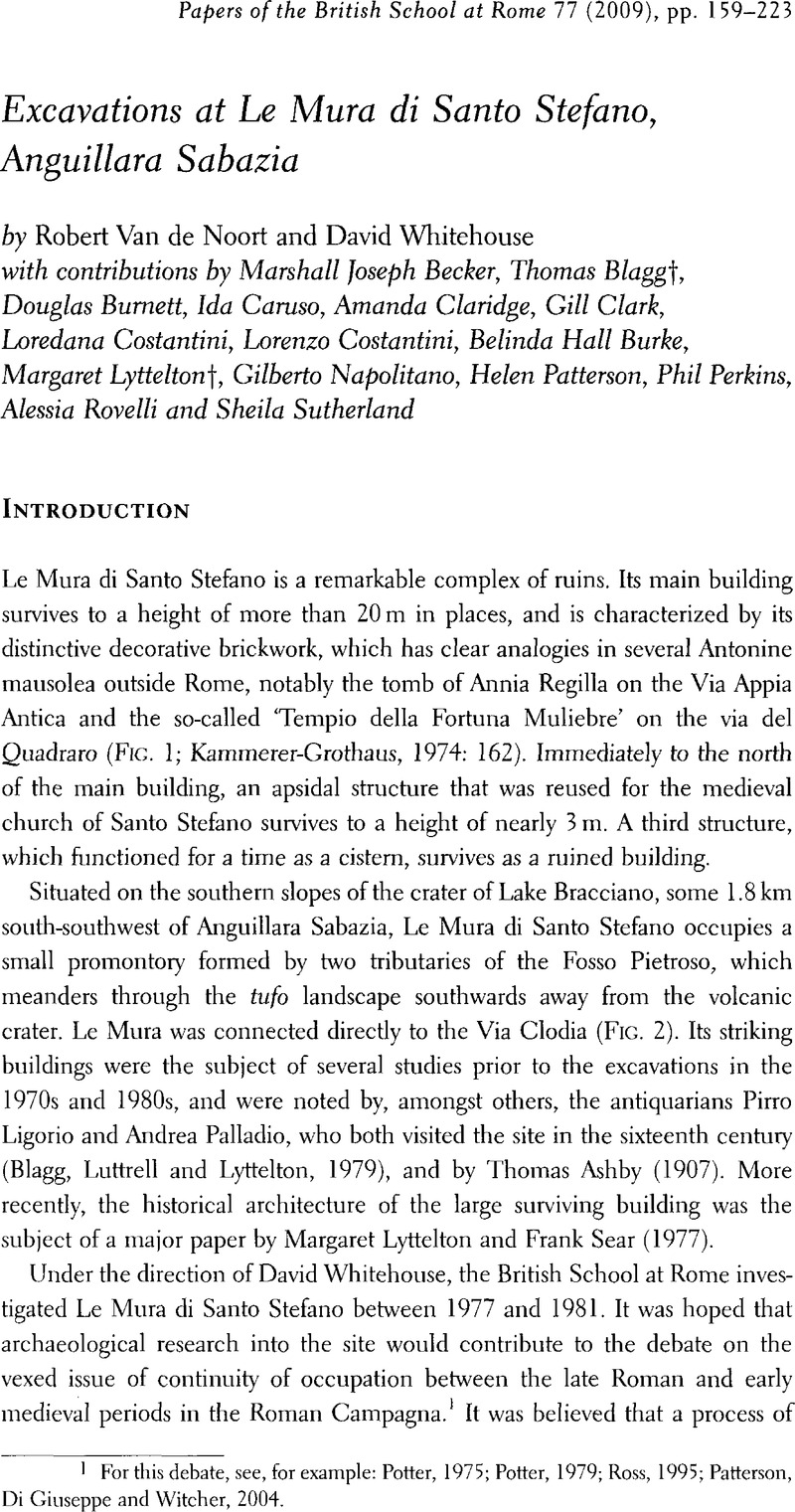Paroli, L. (
1986) Ceramiche a vetrina pesante c macchie. In
D., Manacorda,
L., Paroli,
A., Molinari,
M., Ricci and
D., Romei, La ceramica medioevale di Roma nella stratigrafia della Crypta Balbi: 516–20. In
La ceramica medievale nel Mediterraneao occidentale (Atti del III congresso internazionale):
511–44.
Florence,
All'Insegna del Giglio.
Google Scholar 